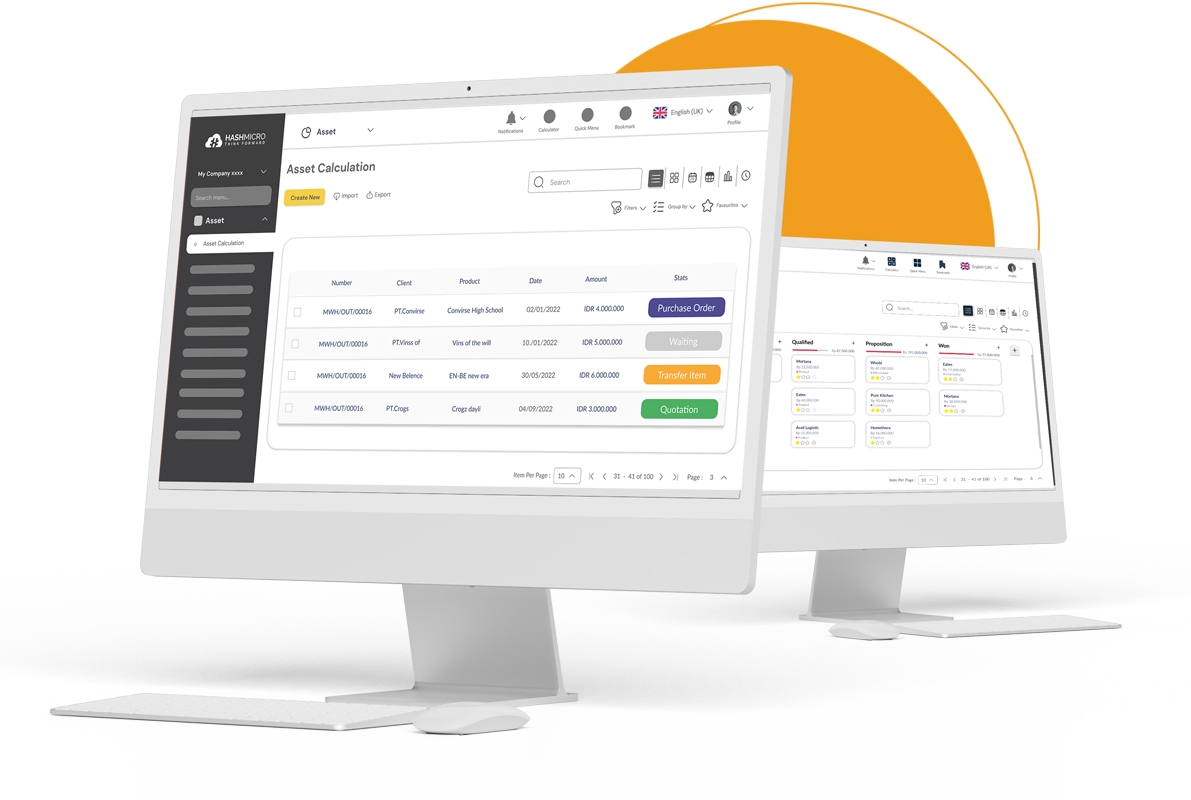Facility management isn’t just about keeping things in order; it’s about creating a space where businesses can thrive. From handling daily maintenance tasks to adopting smarter ways to manage facilities. In the Philippines, this approach can make a noticeable difference in how a business operates and grows.
As we dive into the evolving world of facility management, you’ll discover the crucial roles FM play, the game-changing technologies driving the industry, and how integrated software can streamline operations. Read on to uncover how these strategies can boost your business efficiency and future-proof your operations.
Key Takeaways
|
Table of Contents

What is Facility Management?
Facility management is a strategic approach to overseeing buildings, assets, and services to ensure they function efficiently. It includes maintenance, security, space management, and resource optimization, helping businesses create safe, productive, and cost-effective environments.
FM works by integrating technology, processes, and people to streamline operations. Facility managers oversee maintenance, energy consumption, and regulatory compliance while improving workflow efficiency. This proactive approach reduces downtime, minimizes costs, and enhances the overall functionality of a facility.
Beyond daily operations, facility management plays a key role in long-term sustainability. It helps extend the lifespan of assets, improve safety standards, and adapt to changing business needs. By ensuring smooth operations, it supports business growth and operational success.
Roles and Responsibilities of Facility Managers
Facility managers (FMs) oversee the day-to-day operations of buildings, ensuring they remain safe and functional. Their responsibilities include managing maintenance teams, coordinating repairs, and ensuring compliance with health and safety regulations.
In Philippine businesses, FMs often juggle various roles like liaising with vendors, budgeting for upgrades, and implementing energy-saving initiatives. These diverse tasks require a proactive approach and a deep understanding of the unique needs of each organization.
Key skills for facility managers include problem-solving, effective communication, and strong financial management abilities. They must assess situations quickly and provide practical, cost-effective solutions. Additionally, they need to keep up with trends in building management and sustainability practices.
Technologies in Facility Management
Technology has transformed FM by offering tools that streamline processes, improve maintenance, and reduce costs. Integrated systems like Computer-Aided Facility Management (CAFM) software and Building Management Systems (BMS) allow managers to monitor and control various building aspects.
Several technologies are currently driving changes in facility management. Internet of Things (IoT) devices allow real-time monitoring of building conditions, supporting predictive maintenance. Artificial intelligence (AI) further improves FM by automating routine tasks and optimizing operations based on data patterns.
Functions of Facility Management
Facility management encompasses several essential functions, each crucial to ensuring smooth operations and meeting the needs of employees and customers. By covering various aspects like maintenance, space planning, and safety management, FM can optimize resources and prevent operational hiccups.
Functions of Facility Management:
- Maintenance: Involves regular inspections, repairs, and servicing of equipment to prevent costly breakdowns and extend asset lifespans.
- Space Planning: Optimizes office layouts to enhance productivity and accommodate changing workforce needs.
- Safety Management: Implements protocols to safeguard occupants, ensuring compliance with health and safety regulations.
- Asset Management: Involves tracking and managing the use, maintenance, and life cycle of physical assets within a facility to optimize their performance.
- Energy Management: Focuses on monitoring and optimizing energy use within a facility to reduce costs and promote sustainability.
- Emergency Preparedness: Develops plans for emergencies, such as natural disasters or health crises, to ensure safety and continuity of operations.
The impact of facility management on business efficiency is significant. Well-maintained facilities help reduce downtime, boost employee morale, and create a professional image for clients. For Philippine businesses, facing specific challenges like climate and infrastructure, proactive FM is vital.
Benefits of Integrated Facility Management Software
By integrating functions like maintenance tracking, cloud asset management, and space utilization into a single platform, it simplifies processes. For Philippine businesses that operate across multiple locations, this software provides a centralized approach, making it easier to manage all facilities efficiently.
Benefits of Facility Management Software:
- Improved Maintenance Scheduling: Automates maintenance schedules to prevent delays and reduce equipment downtime.
- Asset Tracking: Allows real-time tracking of assets, helping extend their lifespan and optimize their usage.
- Real-time Monitoring: Monitors building conditions, enabling quick responses to issues and maintaining a safe environment.
- Automated Work Orders: Reduces administrative tasks by generating work orders automatically, improving task allocation and completion.
- Inventory Management: Keeps track of supplies and equipment, preventing shortages and oversights in facility management.
By providing actionable insights through data analytics, the software empowers facility managers to make informed decisions. This leads to enhanced building performance and reduced operational costs, significantly benefiting the overall efficiency of the business.
Preparing for the Future in Facility Management
The future of facility management is shaped by advancements in sustainability, smart building technologies, and data analytics. Facility managers increasingly focus on creating energy-efficient buildings, using renewable sources, and adopting green building practices.
FM is also adapting to changes in how people work today. The rise of remote and flexible work arrangements means office spaces must become more dynamic. Smart buildings, equipped with IoT and AI technologies, can adjust lighting, temperature, and security settings based on occupancy.
HashMicro’s Software For Facility Management
HashMicro’s facility management software provides a complete solution to streamline building operations and asset management. By integrating essential features, the software simplifies FM tasks and makes maintenance, asset tracking, and space utilization easier.
Features of HashMicro’s FM Software:
- Automatic Maintenance Scheduling: Effectively manage asset maintenance schedules to ensure timely maintenance and prevent unexpected breakdowns.
- Customizable Asset Reporting: Gain comprehensive insights through detailed asset reports, supporting informed decision-making and asset performance tracking.
- Easily Tracking Company Assets: Monitor the position and condition of company assets in real-time, providing greater visibility from anywhere.
- Notification and Asset Condition Update: Receive instant updates on asset conditions, allowing facility managers to address issues promptly and efficiently.
These features empower businesses to manage their facilities more effectively, reduce costs, and improve overall building performance. HashMicro’s software supports proactive facility management, adapting to changing needs and ensuring a well-maintained, productive environment.
Conclusion
Facility management is crucial to the success and growth of any business, especially in the fast-paced Philippine market. By focusing on aspects like maintenance, asset tracking, space planning, and safety management, facility managers create environments where businesses can thrive.
Integrated solutions like HashMicro’s facility management software provide the tools needed to streamline building operations and reduce costs. Investing in these technologies can future-proof your business and help maintain a competitive edge in the market. Try a free demo of HashMicro’s software today!
Frequently Asked Questions
-
What does facilities management do?
Facilities management oversees building operations, including maintenance, asset tracking, and space planning. It ensures a safe, efficient, and productive environment for employees and customers.
-
What are the three main tasks of facilities management?
The three main tasks are maintenance, space planning, and safety management. These tasks help optimize operations, extend asset lifespans, and ensure compliance with safety standards.
-
How important is facilities management?
Facilities management is crucial for business efficiency, cost savings, and employee well-being. It ensures smooth operations, reduces downtime, and supports a company’s overall growth.















































